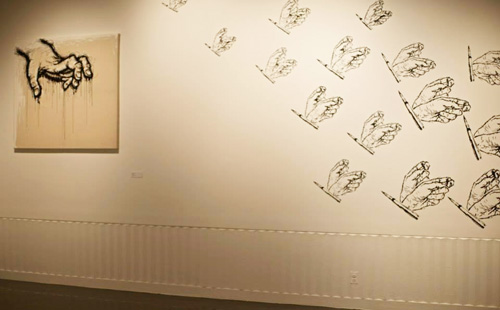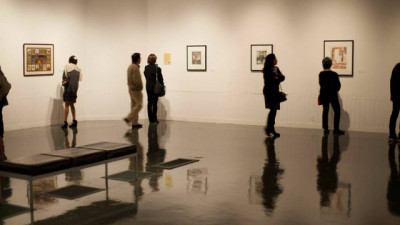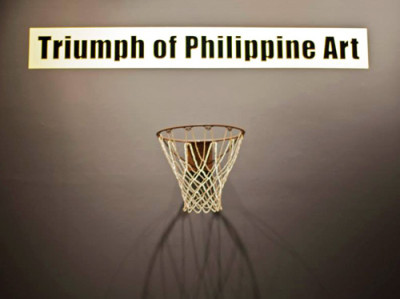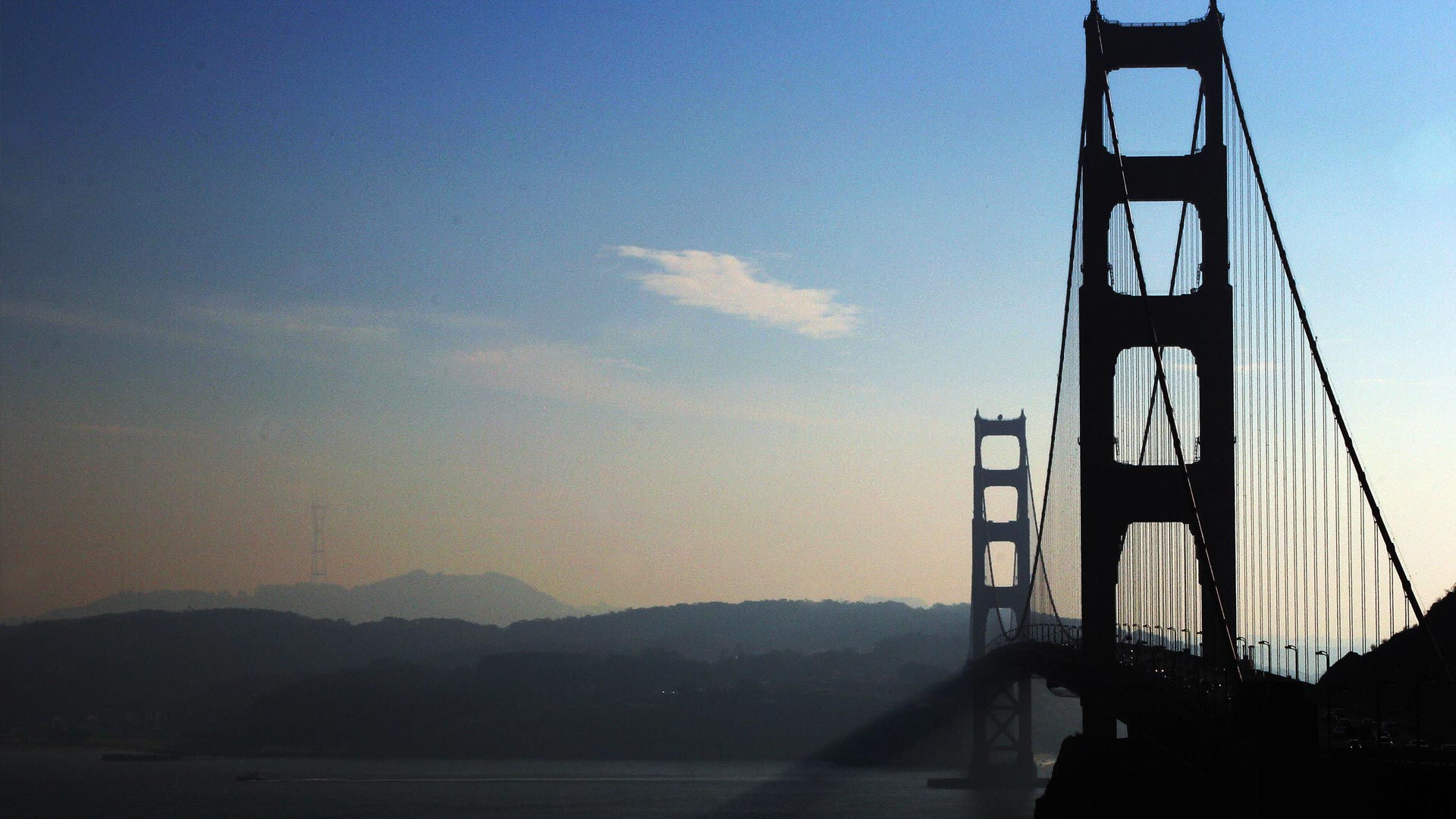Using Art to Reinforce Identity and Ties to the Philippines

Using Art to Reinforce Identity and Ties to the Philippines
A projector casts four images on a wall. It makes a clicking sound, and then the images spin, as if they were reels on a slot machine. The piece, by artist Mark Salvatus, shows the gritty streets and graffiti of Manila.
In one of the first museum exhibits of its kind, a broad swath of Filipino art has been assembled into a traveling exhibition, currently on view at the USC Fisher Museum of Art in Los Angeles. Speaking of the projected photo piece, the exhibit's curator, Maria Teresa Lapid Rodriguez, called it "a confessional of the masses," showing, as it does, many of the words scribbled on the urban landscape.
"The artist, Mark Salvatus, was so fascinated to go to the city. He grew up in the countryside and when he saw the city, he just started photographing it."

The show covers the period of martial law implemented under Ferdinand Marcos in 1972, through the People Power movement that removed him and restored democracy in the '80s, to the present day.
"The Philippines has been struggling for a long time, and they're coming out now," Rodriguez said. "The sense of freedom, nationalism, it's all in this show."
Other pieces in the exhibition include a long pencil sketch of a grand Philippines estate drawn on a roll of toilet paper, and a video of a performance piece with the artist hacking at white laundry, as blood spurts out and reddens the pile.
It took Rodriguez 20 years to generate the interest and funds for an exhibition like this. She took it as a challenge -- and an indication that there was no consciousness of contemporary Filipino art -- and stuck with the idea.
Los Angeles is a case in point. The city is home to more than 600,000 Filipino-Americans, but this show is the first time some of them have seen art from the Philippines. Ivan Blanco, a fine arts student at USC, wandered into the museum.
"Well, I'm Filipino, so I figured I'd check out some art made by Filipino artists," Blanco remarked. "I don't really know that much about my culture as I thought I did, but seeing art made by other Filipinos is cool and it's making me more interested in uncovering my culture."

A divide with the home country is common in the Filipino-American community. Geography is one barrier. But according to Evelyn Rodriguez, a professor of sociology at the University of San Francisco, there’s also the issue of fading into the woodwork as a distinct ethnic group.
"Filipinos are part of this brown population in the States that a lot of people sort of homogenize," Rodriguez said. "So people classify a lot of us with other Asian-American groups or even Latinos. So, it's a community that has been invisible for a long time."
But in L.A., that community has been creating distinct cultural capital for about two decades. There’s Filipino-American painting, performance art, animation, a yearly cultural festival and a thriving music video scene.
At a recent festival devoted exclusively to Filipino and Filipino-American music videos, viewers laughed at inside jokes as they watched Filipino-Americans rap as they drove around the streets of Los Angeles. In other videos, campy game-show hosts introduced singers in Tagalog. The festival was co-sponsored by the organization FilAm ARTS, which connects artists and stages shows and festivals around California.
"Having more of these shows is really important because it solidifies our identity," said artist Tala Mateo, who works with FilAm ARTS. Mateo thinks an artistic identity can help the sizable Filipino-American population in Los Angeles be heard. And developing ties with the home country would also give U.S.-based Filipino-American artists an important historical reference point upon which to draw.
"Who we're a part of, who we're attached to, who we're related to. If we get lost in any way, shape or form, at least we can hold onto that and know we come from somewhere," she said.
Mateo believes that developing ties and understanding between the U.S. and the Philippines is a matter of survival, on both sides of the ocean. Art can be one way to foster that.
